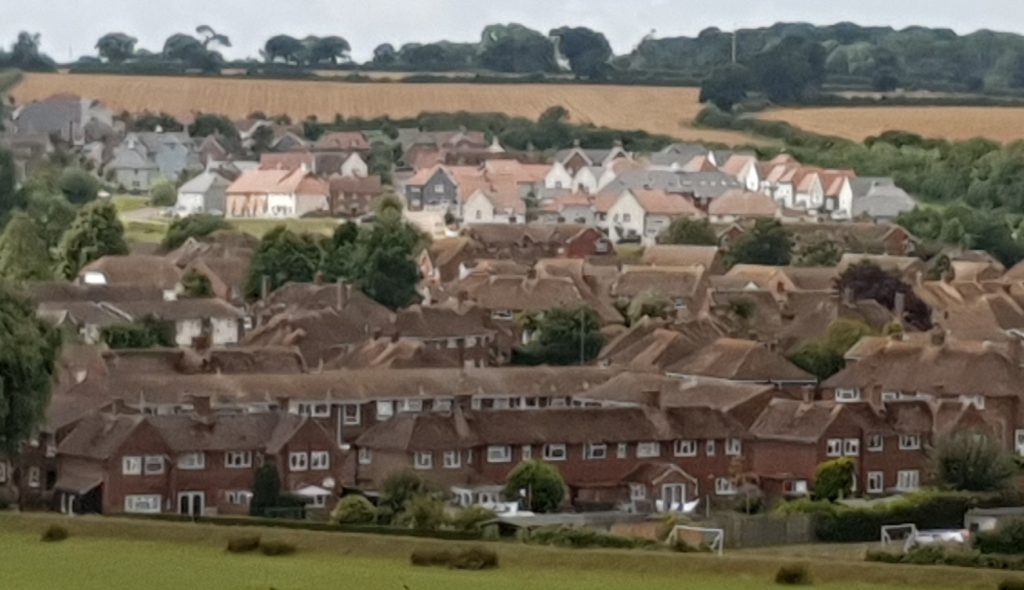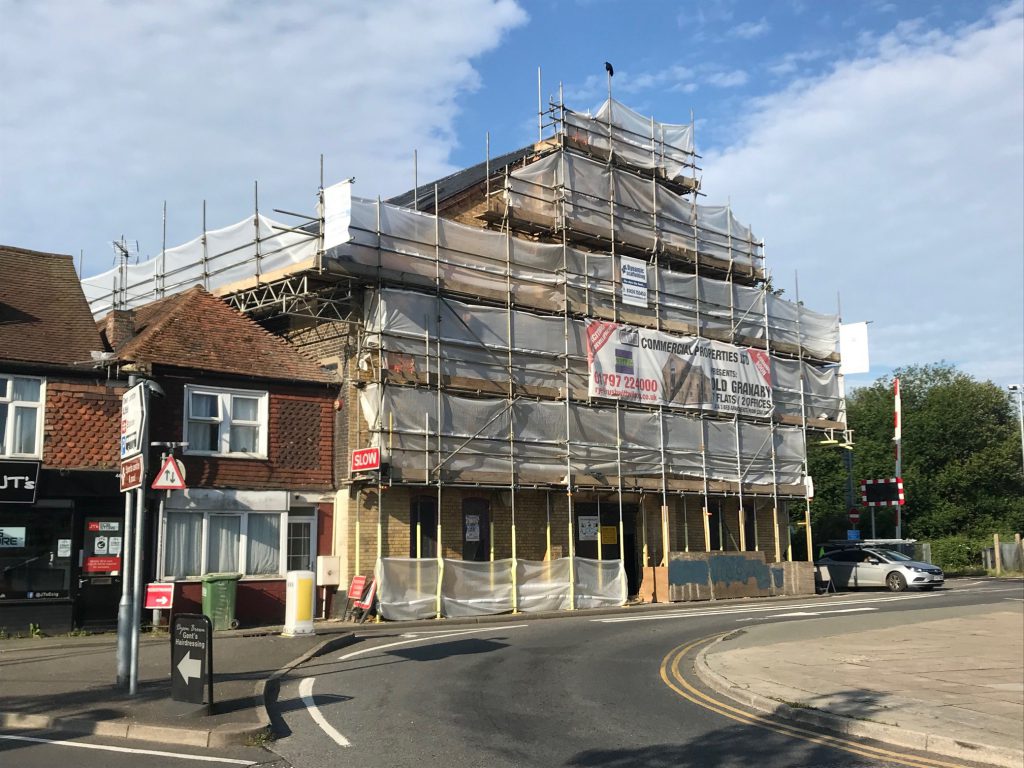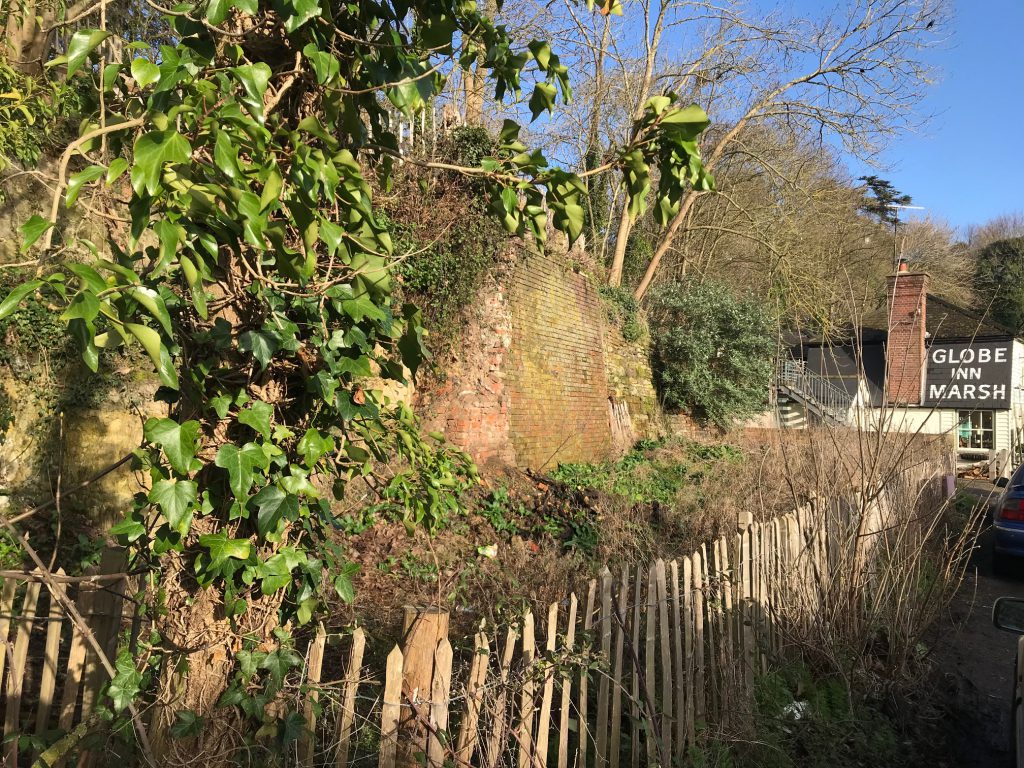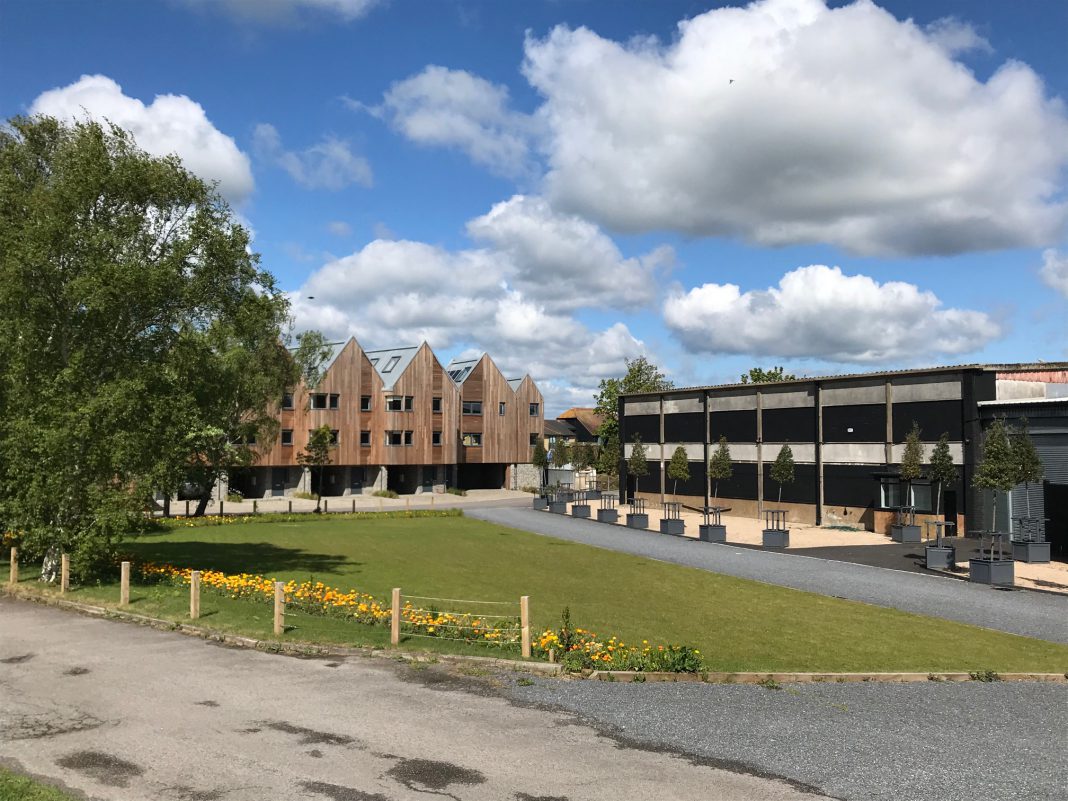Last week this column considered how visitors are often encouraged by other media to view Rye, but how do Ryers themselves feel about the town we all live in.
Looking back through the stories in this paper, and in particular, many of the comments from our readers, it is immediately clear that there is no single voice that represents a general view, but so many of the comments do demonstrate that we are masters of the art of opposition. Basically, we don’t like change, unless, of course, that change is to our own individual advantage.
But the fact is that towns do change. As years and decades move on, both towns and the people who live there must move on too, to accommodate changing standards and requirements. Over the centuries Rye has proved able to adapt, although it is to be wondered whether quite so much fuss was made over some of the big changes then, as the fuss we see today over comparatively small ones.
For example, were there petitions of protest over the demolition of the various gates of entry into the town (except, of course, for the Landgate) on the grounds of destroying Rye’s heritage? (Even though the French had had a good crack at that in 1377, almost yesterday by Rye standards). And did the mayor and town council lie down in the path of the railway when it was first constructed, bringing noisy, smelly steam trains within sight and sound of the old town wall?
In the case of the latter, at least, there would undoubtedly have been opposition from some who would have regarded it as a disaster for the community, just as today opinions are divided on the prospect of HS1 stopping here on its way through to Hastings, even though, if it happens at all, it is unlikely to be imminent.

But it is the question of new development which always gives rise to the loudest howls of protest. A large part of Rye is, and quite rightly, a conservation area and there is a limit there on any changes that can be made to the status quo. Outside this area, however, it is fair game and the standard planning rules apply.
Almost all recent developments have attracted a greater or lesser degree of opposition – Valley Park was, according to some, going to be the end of Rye as we know it, but in reality, now the estate is complete, one would hardly know it was there.
Much the same goes for the development of flats on the site of the old Central Garage in Cinque Ports Street. Still not the most attractive of buildings, in my view, but now just part of the street architecture.

In some cases development has helped to preserve old buildings, for example the old Granary which might otherwise have fallen into disrepair and been eventually demolished, is being turned into flats. Incidentally, one worried comment last week suggested that they might all end up in the hands of second home owners instead of locals, but with the building being bounded on one side by the railway and on another by one of the busiest roads in the town, I suspect this is not too likely.
The new town houses at Bridge Point together with further development to come, have naturally been the subject of some controversy, however it is worth remembering that there is a quid pro quo here as the developers are also converting the old Bournes warehouses into an arts and performance centre which, when finally completed, will be a significant addition to the ability of Rye to put on high class performances and help put our culture festivals well and truly on the festival map of the country.

So let’s remember that Rye is not a museum but a living entity that grows and changes as the years go by and this is something we should celebrate and rejoice in. Whether it is a major change, such as those at Bridge Point or Valley Park, or the miniscule little building proposed for Military Road, currently causing so much unnecessary angst among local residents, all have their pros as well as their cons. We need to embrace and celebrate change, whatever form it takes, and with the ingenuity, resourcefulness and creativity, always in abundance in Rye, I, for one, have little doubt that we will not only conserve our heritage but add to it for future generations.
Image Credits: Nick Forman , John Minter .



